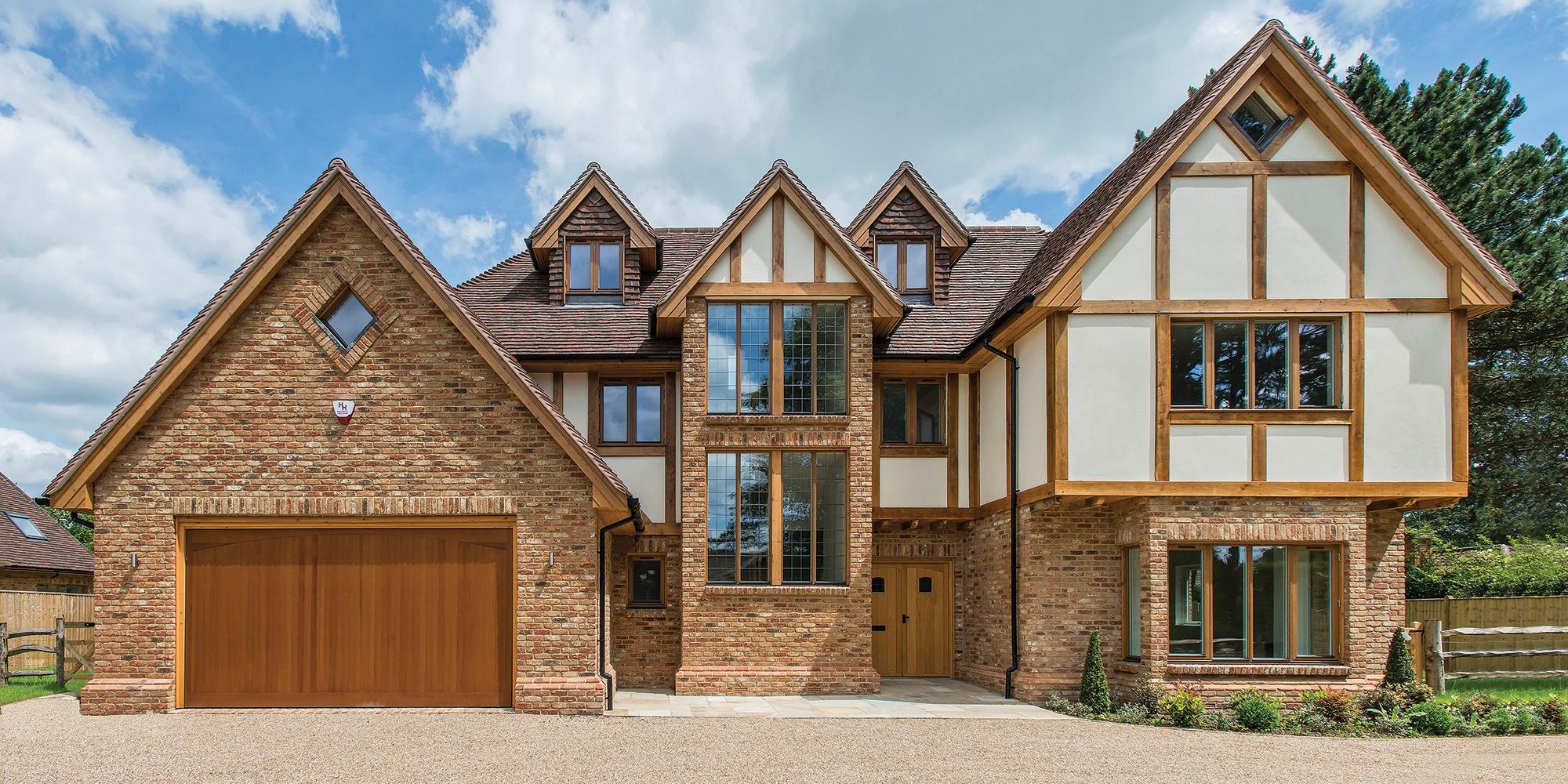There are various types of timber frames used in UK construction, each with its own unique features and benefits. Here are some of the most common types:
Traditional Timber Frames: These are the oldest type of timber frames and are constructed using mortise and tenon joints. The frame is held together using wooden pegs and is often left exposed, creating a rustic and traditional look.
Platform Timber Frames: Platform timber frames are assembled on-site and consist of a series of timber panels that are pre-cut to fit together. These panels are then raised and bolted to the foundation, making them a quick and efficient construction method.
Post and Beam Timber Frames: Post and beam timber frames are constructed using large vertical posts and horizontal beams. The frame is often left exposed, creating a dramatic visual effect.
Closed Panel Timber Frames: Closed panel timber frames consist of pre-manufactured timber panels that are constructed in a factory and then transported to the construction site for assembly. These panels can be insulated and finished with a range of materials to suit the design.
Open Panel Timber Frames: Open panel timber frames are also pre-manufactured in a factory and consist of a timber frame with the internal studwork exposed. The panels are transported to the construction site and finished on-site.
Glulam Timber Frames: Glulam timber frames are constructed using laminated timber beams that are glued together. This construction method creates a strong and durable frame that can support large spans.
Cross Laminated Timber Frames: Cross laminated timber (CLT) frames consist of layers of timber panels that are glued together in a crosswise pattern. This construction method creates a strong and durable frame that can be used for both walls and floors.
Each of these types of timber frames offers unique benefits and can be tailored to meet specific design requirements. As the construction industry continues to prioritize sustainability and energy efficiency, timber frames are becoming an increasingly popular option for building structures in the UK.

